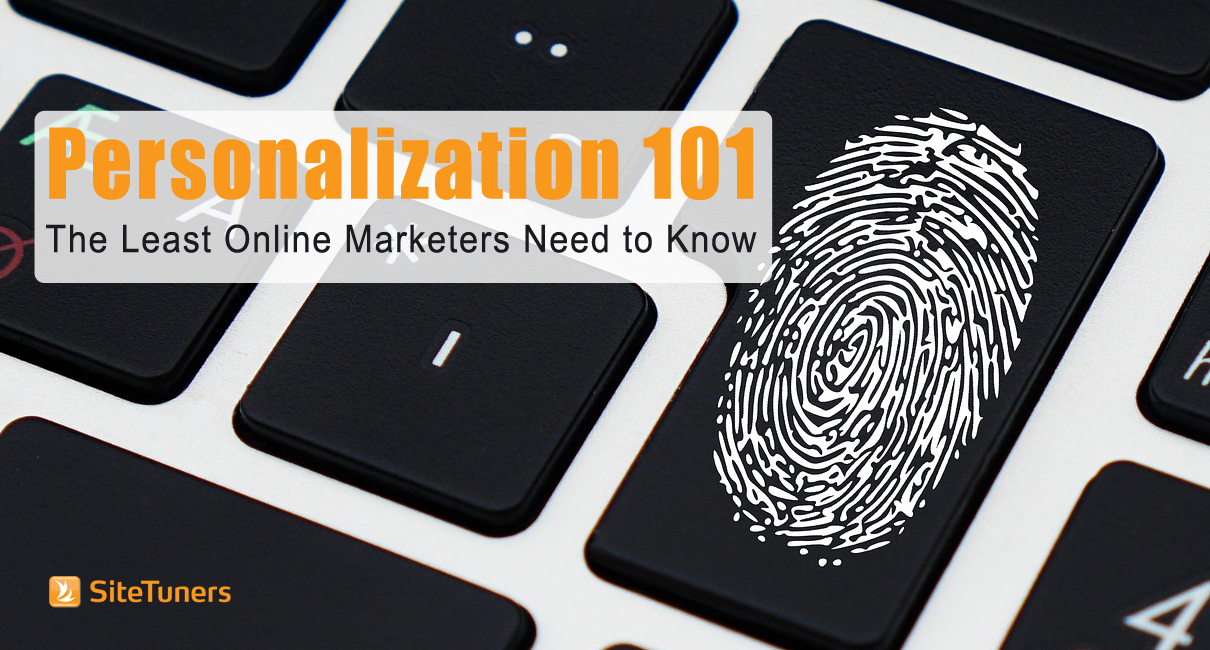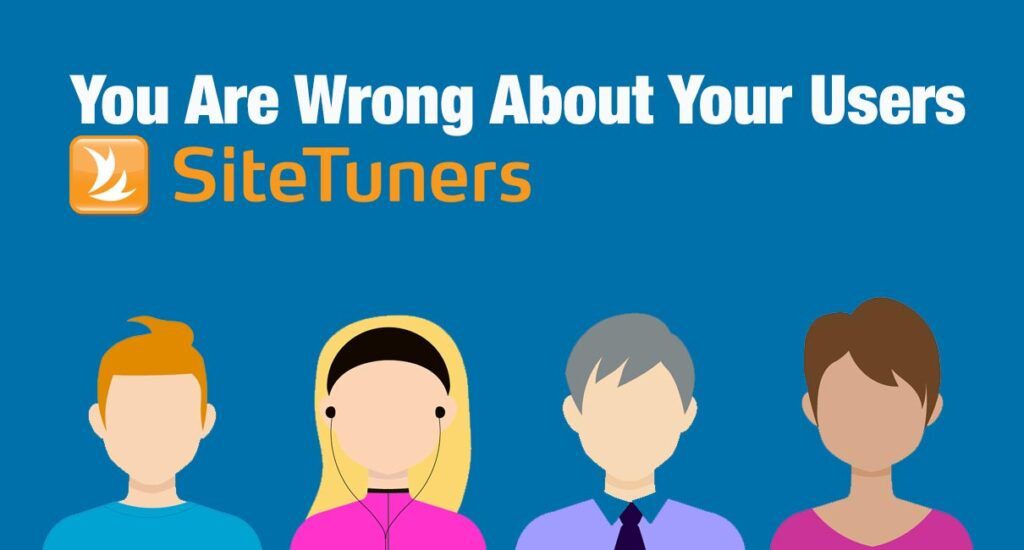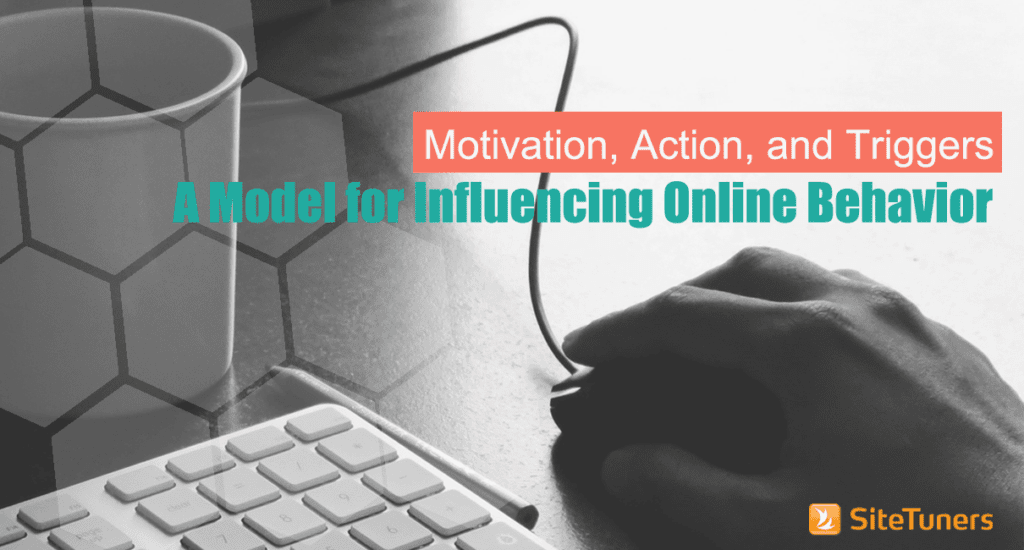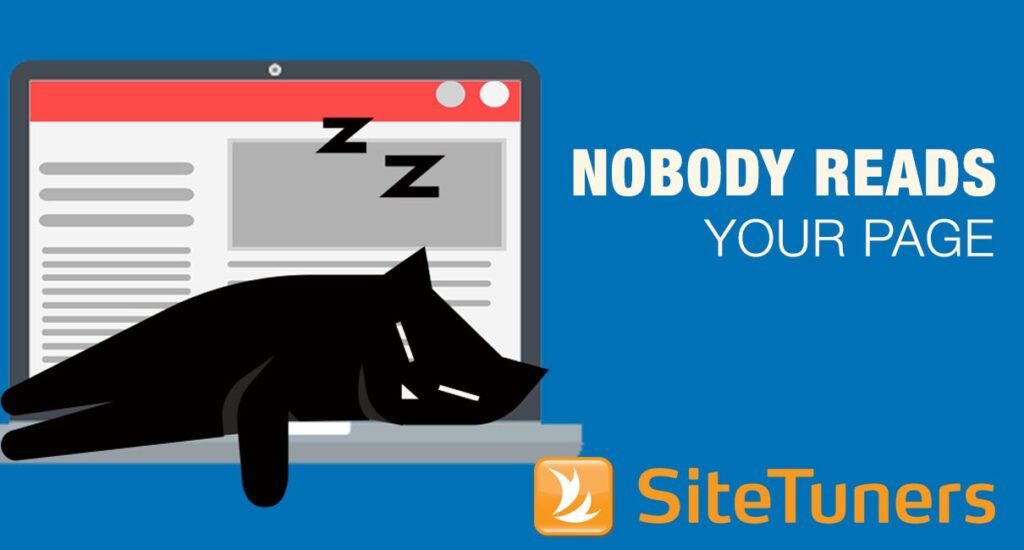
Chris Gibbins, Director of UX and Optimization at Biglight, clarifies that waiting until you have every bit of data from all channels before starting to personalize could be the worst approach.
In an episode of Landing Page Optimization, Chris and SiteTuners CEO Tim Ash discuss what it takes to start personalizing online experiences.
Connect What You Can
Take data in bite-size chunks and connect those. You can create more unified experiences through simple personalization tactics:
- Repeat the headline of your e-mail in your landing page through a simple AB testing tool. This way, you continue the conversation from the e-mail to your site.
- Do dynamic keyword insertion into the title of the landing page when you run pay-per-click (PPC) campaigns. This way, the title of the ad becomes the title of the page you send the visitor to.
- Tie your e-mail database to the web site. If you’ve got your technology stack set up properly, you can send personalized emails to different segments of people in your database. On top of that, if you can tie people in your database to users who actually visit your site, that gives you opportunities for personalization. You can change parts of your site, like banners, to feature things you know they are interested in.
Use an AB Testing Tool
If your company has zero personalization, Chris suggests starting out by using an AB testing tool to do basic segmentation.
You can segment and target visitors based on…
- … the referring source. Check if the user was referred by an e-mail or a PPC ad, for instance.
- … whether they’re a new or returning visitor. Content on your site relevant to a new visitor will not necessarily be relevant to a returning visitor.
For an existing customer, for instance, you’d want to update them on the latest features of your products or services, and make the login button prominent. They won’t care about the ‘First time customer sign up bonus.’
In a retail scenario, you can personalize returning visitors’ experience by showing them products they looked at but didn’t buy in their previous session. Deep link them into those products, so they don’t have to invest effort in going through your navigation again.
Need more tips to get started on personalization?
Personalize Based on Behavior and Location
AB testing tools nowadays make it easy to personalize based on the visitor’s behavior during their past visits to the site.
Chris notes that with Optimizely, for instance, you can set up behavioral segments in a few minutes. The tool allows you to set up tags based on what the user interacted with, and then dynamically change the home page imagery or layout. For instance, if a visitor went into to a certain product category, then that category will show up in a prominent location on the home page.
This way, you’re serving content that’s more relevant to what the visitor is telling you they’re interested in.
Additionally, you can pull information from third party sources to present a more personalized experience.
If you’re an e-commerce site, for example, it wouldn’t make sense to put a sweater on the home page if you know that the visitor is in a location where it’s hot and sunny. So pulling information on weather or current location would be important in this case.
Personalize Based on the Customer Life Cycle
Most marketers already personalize based on the customer life cycle in their e-mail campaigns: customers who have engaged with the brand a little bit are treated differently from repeat buyers.
The potential, however, is in bringing customer life cycle-type segments to your web site, Chris points out.
Tim notes that Ryan Deiss of DigitalMarketer is a big proponent of setting up the funnel where you’re pushing different things to people based on which stage of the relationship they’re in. In this process, you’ll have a …
- Free lead magnet
- Tripwire offer (to get the prospect to crack their wallet open)
- Core offer
- Profit maximizer
Have Different Goals for Different People
It’s key is to have different objectives for different people along the lifecycle. Chris points out that if you have the same goal for everybody, then you’re bound to fail.
If your goal on mobile, where majority of users are in the research phase, is for everyone to convert ‘in this session, in this visit,’ then you run the risk of ruining the experience for those browsers. A big ‘Buy now’ pop-up will only be annoying and could turn off a top-of-the-funnel visitor who has no intention to buy.
Having different goals applies even within the top of the funnel.
One of Finch’s (a PPC management company) major e-commerce strategies, for instance, is to slice and dice how deeply the user went into the site – whether the user went into the home page, category page, product detail page, or the cart.
They’re looking not at the products the user showed interest in, but the depth of engagement. They then set different rules and different bids depending on how deeply someone has gone into the funnel.
A Little Bit of Something Is Better than A Whole Lot of Nothing
Personalization shouldn’t intimidate marketers. Sure, you’ll eventually have to do some heavy-duty back-end plumbing, but starting out isn’t that difficult.
You can begin by gathering everything you know about your visitors, so you know the common user roles and tasks of the people coming to your site. Then you can start thinking about the different types of content you’re going to serve for each of those roles and tasks.
If you’re just starting out, you can use an AB testing tool for basic segmentation. Then you can take it a step further by integrating your Customer Relationship Management (CRM) data with your AB testing tool. (If you’re doing lead generation, your marketing automation system will also need to be tied to that.)

Companies mentioned:


